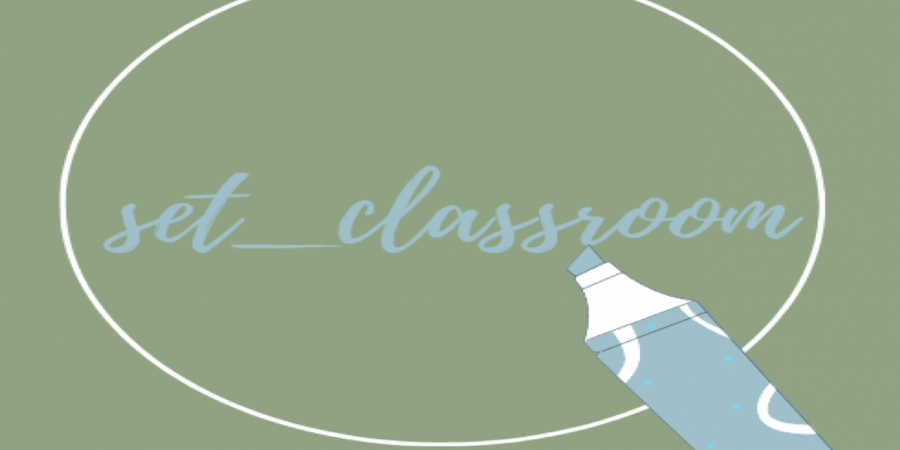Hello everyone!
My name is Emma from @set_classroom on Instagram. Rebecca asked me to write a little post about remote teaching as a Special Education Teacher. I am delighted but be warned I do tend to ramble!
I hope that this post gives you some useful tips for remote teaching. Let us hope this is the last school closure for a long time!
We might as well start at the beginning. I was working predominately with Senior Infants and 1st Class last year in SET. There were so many platforms that we could use but we stuck with what we knew and assigned all the work through Aladdin Connect.
All work was assigned on a Monday morning for the week and parents had the option to upload daily or on a Friday. I worked with the class teachers and to support children I was working with. I also did a weekly phone call with my School Support Plus students to check-in. I enjoyed these calls as it felt more personal than online.
Fast forward to today and I am currently working remotely with Senior Infants. There are so many platforms that I have been using but I have found my groove with Seesaw and then two Zoom calls a week. I have found these to be the most interactive and engaging ways to teach remotely with such young children.
I also e-mail the schedule for the following week to parents on a Friday and use g-mail or Class Dojo to check-in. I created a Google Drive with early finishers activities, Jolly Phonics videos and lots of other ideas.
All of this has led me to develop my top five tips for supporting children with SEN during a pandemic:
- Liaise with the class teacher: Some children won’t be able to engage in both class work and additional support so the best thing you can do is work with the class teacher to appropriately differentiate the work of pupils with additional needs.
- Join the virtual classroom: With the class or classes you are working with get the teacher to add you into their virtual classroom. This may be adding you as a teacher to their Seesaw account or adding into their Microsoft Team. Whatever platform they use. This gives you access to the work that is assigned at class level.
- Check-in with SSP pupils: If you are not doing one-to-one lessons and work with your students during this time, it is still vitally important to check-in with them. These children are most at risk of falling behind, becoming overwhelmed or regressing. An e-mail or message is all well and good, but I have found the response to a video, phone call or zoom call has a much bigger impact. The children love having that interaction with you.
- Focus on non-curricular targets: Something I found last year was working on the targets from the School Support Plans that were separate to the curriculum worked very well and it gave them alternative work that is usually quite engaging. Some of these things included: Working memory, fine & gross motor, sensory activities, sequencing, semantics, following instructions games, social skills etc.
- Have Fun: Try and have fun with the lessons, use concrete materials and engage children in learning through their environment. Every Friday I give a ‘Fun Friday’ activity. This may be baking, messy play, edible slime, a P.E. lesson or Art. It is something for the children to look forward to and to end the week on a high.
I hope that these tips are of use to you all and if you made it this far then fair play to you. I’m not good with the ‘short and sweet’ way. Fingers crossed we will all be back in the classroom soon!
Thanks, Emma x
